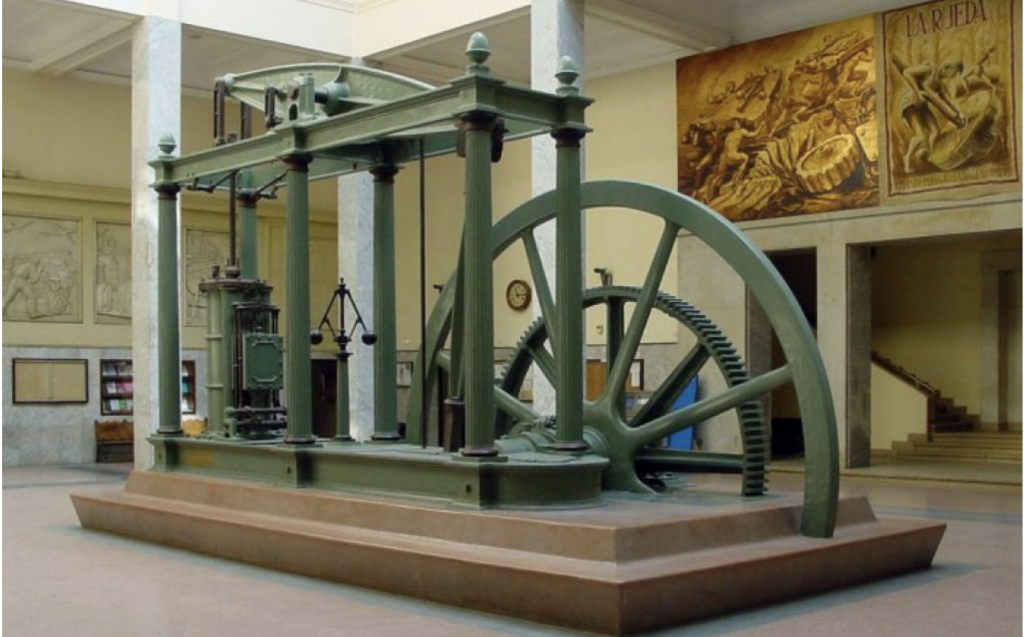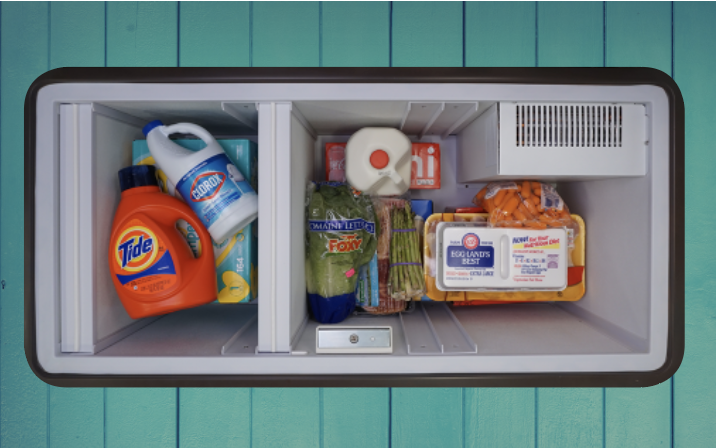Homes Don’t Have Loading Docks. Why Not?
My great-grandfather raised horses just north of Austin, TX. As a trail-boss, he drove cattle and horses from there to St. Joseph, MO., as had his father, my great-great-grandfather. When railroads became the most efficient means of transporting livestock, he went into real estate and settled in the growing town of St. Joe just a block from the old stockyards. The Pony Express at one time operated from St. Joe, MO to Alhambra, CA. Through that old connection, he learned the real estate market in Alhambra was more attractive; so, he re-settled there right next door to where Disneyland is today. He made choices to adapt to changing circumstances.
Change and adaptation are a common meme in human history. The fastest means of travel by land for more than 5,000 years was the horse. But the horse couldn’t carry enough load, so wagons pulled by animals developed from pushcarts powered by humans. Mail, farm produce, household goods, and anything else was delivered to the home at a top speed of a modest 8-10 miles per hour.
Then In 1776, James Watt designed an efficient steam engine that was commercialized for use in manufacturing and in ship and rail transportation. The locomotive was much faster than the horse and could travel longer distances.
1769 – James Watt Patents the Steam Engine
Transporting goods across the world became practical. Consumer products were delivered by railcar all across the American continent. Merchants transported products from depot to store by horse-drawn wagon. Local shoppers carried their purchases home from the store the same way. The barn was the “garage”, if we can call it that, for both the horse and the wagon.
With the advent of the automobile in 1886 change was afoot again. The first automobiles were kept in the barn, but barns were dusty and smelled like the farm animals that also lived there. As you can imagine, early automobile owners grew uncomfortable driving something that smelled like manure, so “car barns” or sheds were purpose-built to house the automobile.
As people relied on their new-fangled conveyance more frequently, car barns attached to houses started appearing, and the garage was born in 1942. With a garage, people could conveniently store their vehicle, protected from the sun, rain, and snow and conveniently load and unload people and products into the house.
Homes don’t have loading docks today for the same reason that homes didn’t have a garage until more than 50 years after the first automobile.
When consumers shopped exclusively in stores, they didn’t need a safe place to receive deliveries. Until recently, nothing had changed since the old horse and wagon days. Cars were the substitute for the horse and car trunks, for the wagon.
E-commerce rises to dominance over the last 30 years, and is here to stay.
The exponential growth of ecommerce over the last 30 years has made the front porch the de facto loading dock at the home. Even though the front porch is unprotected from theft, damage, and food spoilage, online shoppers accepted the risk of theft and spoilage unattended delivery or tolerated the inconvenience of having to be home to answer the door in person to receive deliveries. They really had no other choice if they shopped online. The recent COVID-19 crisis has only accelerated that growth and put into sharper focus the need for a smarter solution.
The pandemic made it risky, if not impossible, for many to shop in-store. Social distancing and contactless delivery are the new normal. So, consumers have rushed to purchase everything online, including groceries, many for the first time. Consumers don’t answer the door to receive their online purchases for the same reason they can’t go to work: fear of infection.
As re-opening the country for business is phased-in, will consumers be comfortable shopping in-store again or will their new online shopping habits continue, even for grocery, after everyone goes back to work? Some will certainly return to the old ways; but some, perhaps many, who discovered the convenience of online shopping or who are still concerned about personal contact in stores, will continue to shop online. For many of those online shoppers, no one will be home to receive deliveries.
HomeValet’s patent-protected platform connects online retailers and couriers with an unattended, temperature-controlled Smart Box outside of consumers’ homes.
Shoppers today need an e-commerce “loading dock”, not a typical loading dock, a smart box to receive deliveries unattended at home. Bigger than a mailbox and smaller than a refrigerator, it must be smart enough to keep thieves locked out and to keep groceries food safe in refrigerated and freezer compartments. Of course, consumers need an app to track all their online purchases and monitor deliveries by camera and text. Cleaning inside the box by UV-C LED is also a good idea.
The attached garage didn’t debut until there were lots of drivers. A “Smart Box” wasn’t created until there were lots of online shoppers. Now there are.







